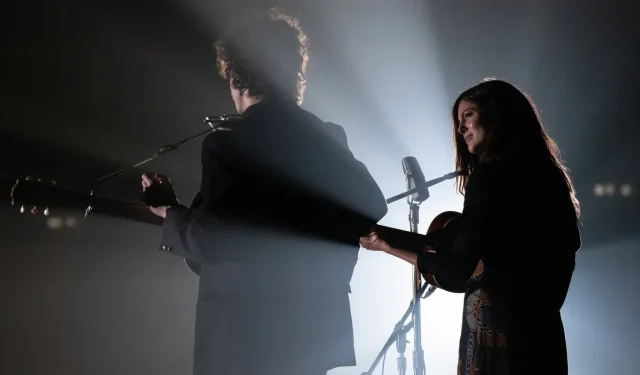
A Complete Unknown has quickly captured the attention of critics and audiences alike, presenting a vivid portrayal of Bob Dylan’s nascent career during the early 1960s. This biopic chronicles the transformative journey of Dylan, who emerged as a pivotal figure in America’s folk music renaissance, bringing the genre to the forefront of popular culture. The film faithfully reflects Dylan’s artistic legacy, while simultaneously engaging a newer audience with his profound influence on music history.
Despite his current status as one of the greatest songwriters in musical history, Bob Dylan was once seen as a contentious figure within the folk music community. During the early ’60s, folk music often struggled for respectability, and Dylan was among the first to popularize its unique sounds in urban centers like New York City. His creative evolution was fraught with challenges, often facing backlash for the bold artistic directions he pursued. The climax of these tensions is poignantly illustrated in A Complete Unknown, particularly during his controversial performance at the Newport Folk Festival.
The Booing at Newport: A Shift to Electric Sounds
Dylan’s Departure from Traditional Folk
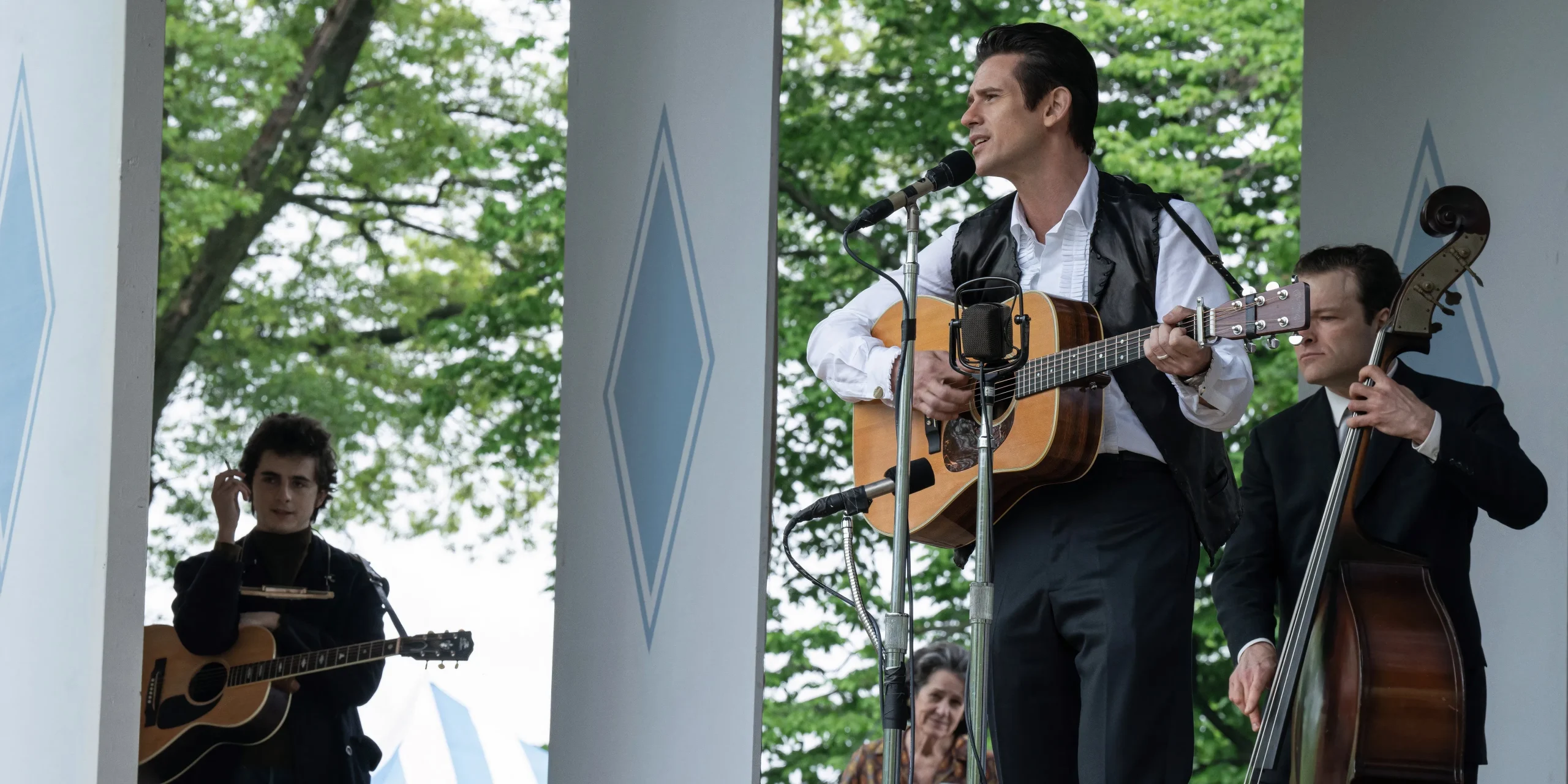
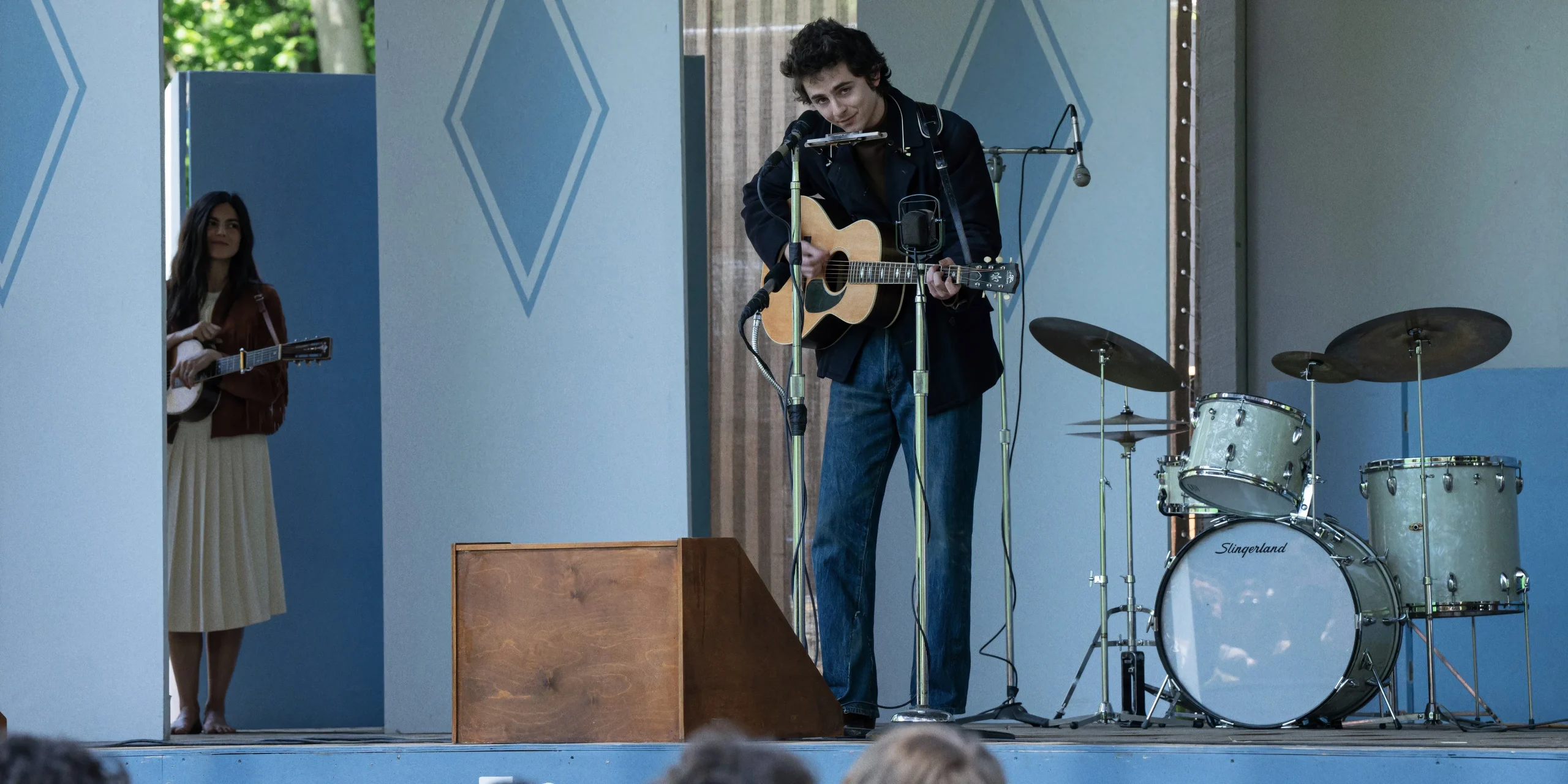

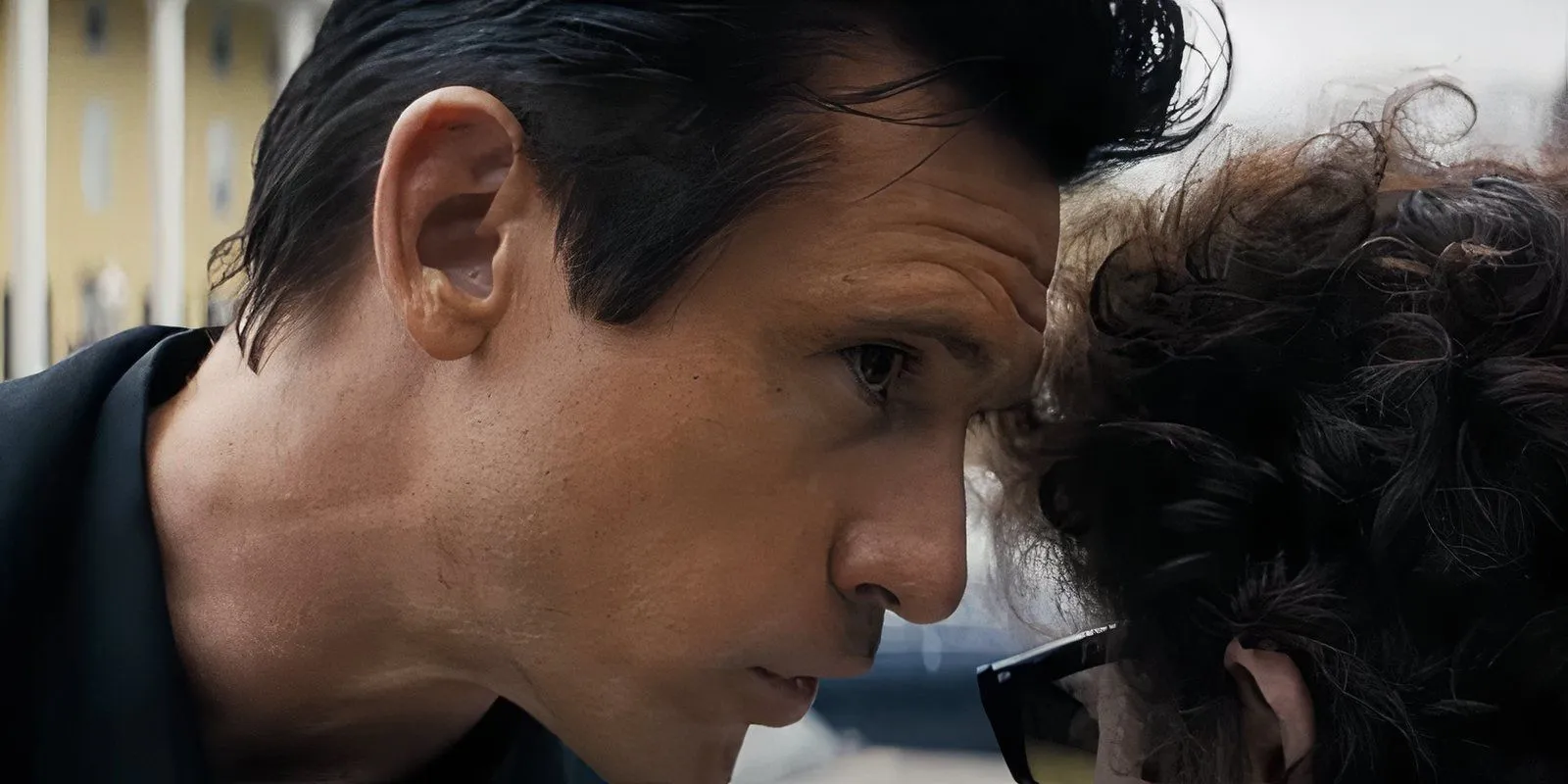
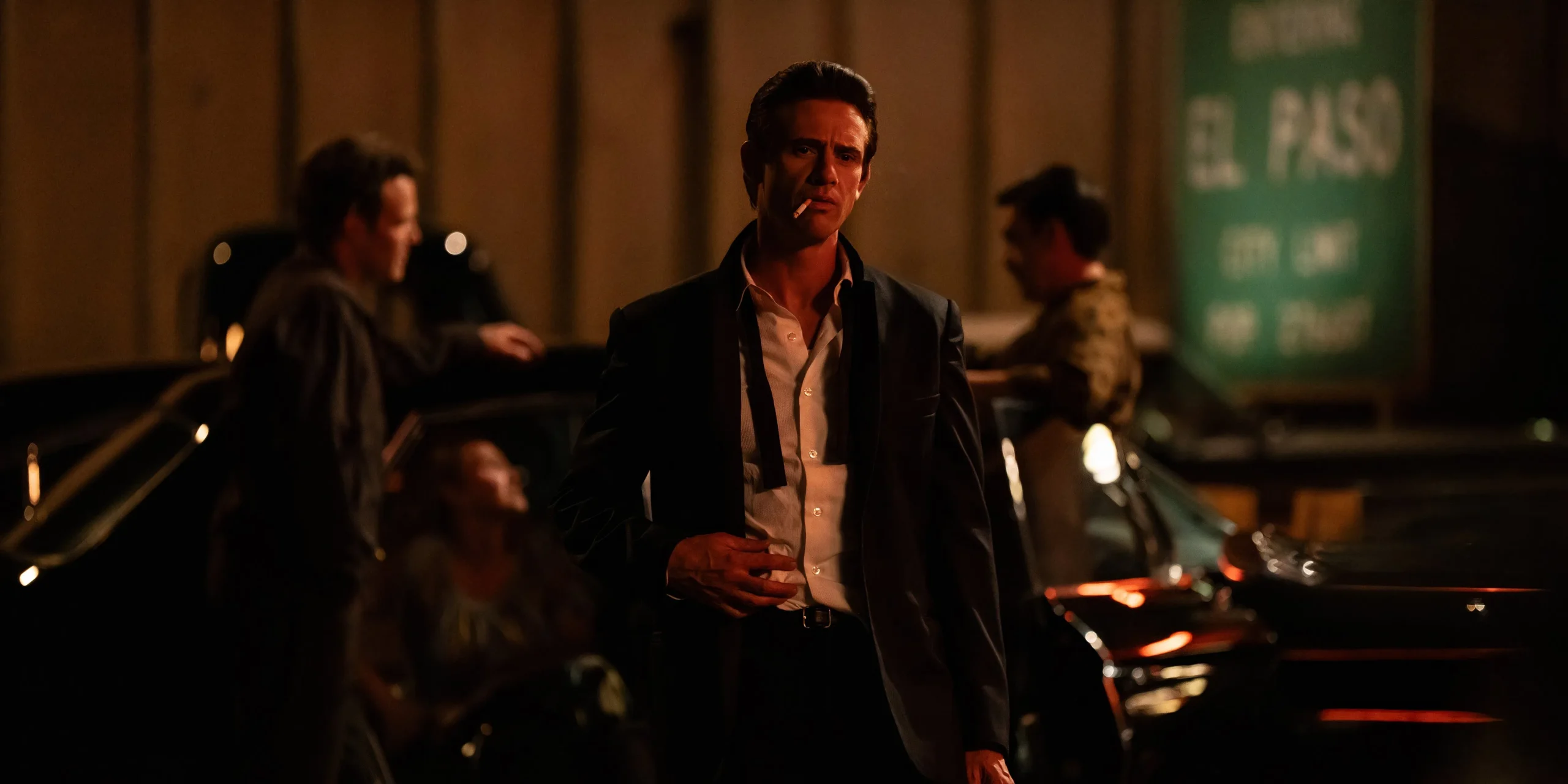
During his renowned performance at Newport in 1965, Dylan faced a hostile response, with segments of the audience booing him off the stage after a mere few songs. The primary catalyst for this reaction is widely attributed to Dylan’s shift from acoustic folk music, which had originally garnered him acclaim, to an electric sound that diverged from folk roots. His choice to debut a Sunburst Fender Stratocaster exemplified this shift, marking his perceived abandonment of traditional folk music in favor of a more commercial rock style.
Despite the initial backlash, this pivotal moment proved to be beneficial for Bob Dylan’s career. Following the Newport Folk Festival, he released some of his most iconic albums, including Bringing It All Back Home, Highway 61 Revisited, and Blonde on Blonde, which collectively solidified his status as a music icon. His later works, such as Blood on the Tracks, showcased his full embrace of electric sounds, further entrenching his legacy in music history.
Alternative Theories Behind the Newport Booing
Al Kooper’s Perspective on the Crowd’s Frustration
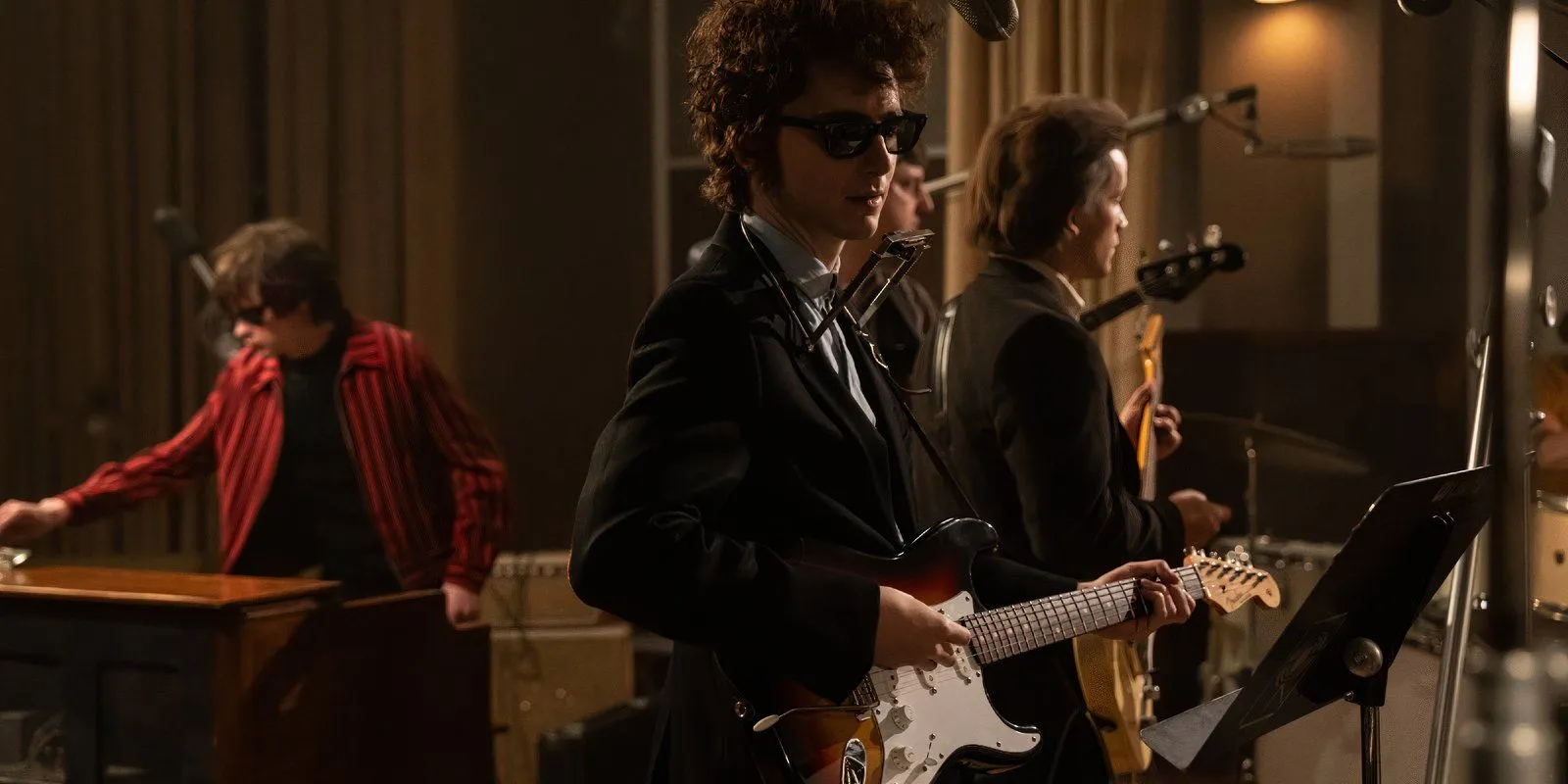
However, the reasons behind the audience’s negative reception of Dylan’s Newport performance may not be solely due to his musical shift. In an interview with OpenVault, musician Al Kooper, who shared the stage with Dylan in 1965, suggested that the audience’s dissatisfaction stemmed largely from the brevity of his set, which lasted only 15 minutes. In contrast, many lesser-known performers played significantly longer sets, leaving fans feeling shortchanged. Kooper remarked, “Bob Dylan comes out and plays 15 minutes and… they all went nuts. Not because he played electric. But because they’d paid all this money and heard 15 minutes of Bob Dylan.”
Ultimately, the discontent surrounding Dylan’s performance at Newport likely resulted from a combination of factors. While his decision to embrace electric guitar sparked significant discourse, the short duration of his performance contributed to the disappointment felt by the audience. This critical moment is acknowledged in A Complete Unknown, although the film primarily focuses on Dylan’s experiences leading up to his Newport performance.




Leave a Reply